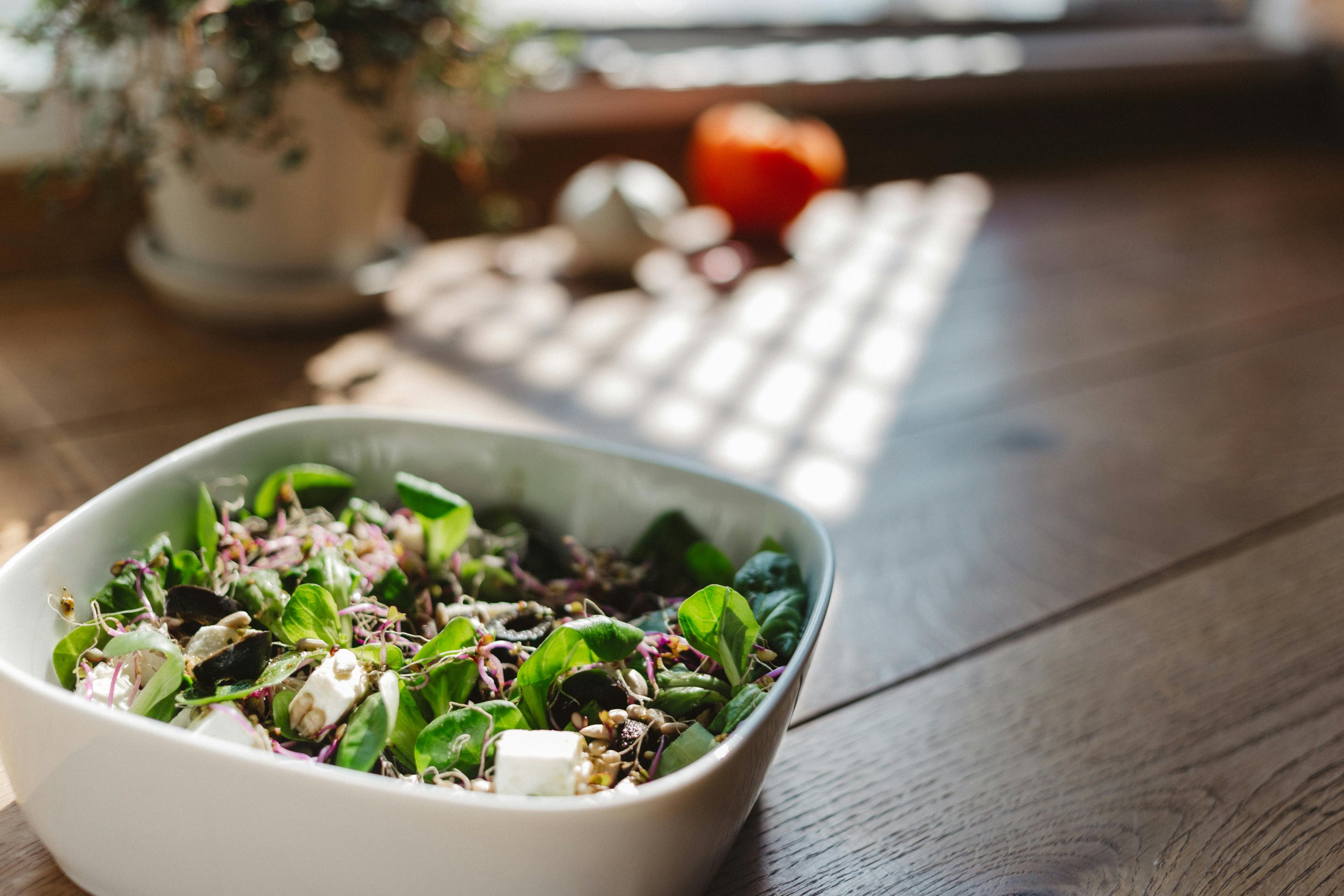
Fibremaxxing: TikTok trend or timeless foundation?
2 Min read
You may have seen it on TikTok - ‘fibremaxxing’ - the trend that is encouraging people to pile more fibre onto their plates with foods such as beans, pulses, whole grains, seeds, fruits and vegetables.
But here’s the thing: this isn’t a passing trend. Eating enough fibre has been a cornerstone of healthy living long before TikTok made it a buzzword. Alongside drinking enough water, getting sufficient protein, and filling your plate with colourful plants, fibre is one of those essential, everyday habits that experts have championed for decades.
It’s somewhat ironic that something so simple and fundamental is suddenly ‘trendy’ - but if it means more people are discovering how nourishing and satisfying fibre can be, we’re all for it.
Why fibre matters
Fibre often gets typecast as the boring cousin of nutrition - all about digestion and keeping things moving. But it’s so much more than that. It plays a central role in whole-body health by feeding the beneficial bacteria in your gut, which produce short chain fatty acids (SCFAs).
These SCFAs have wide reaching benefits, such as:
-
Supporting heart health by helping to lower cholesterol
-
Stabilise blood sugar levels, supporting energy
-
Supporting immune function - keeping your body ready to defend
-
Promoting skin health from within
-
Supporting mood and cognition
And the science backs it up. Research shows that gradually increasing fibre intake can lower the risk of heart disease, type 2 diabetes and colon cancer by 16-24% (BMJ 2022;378:e054370).
Fibre also helps with satiety - keeping you full, satisfied, and energised without reaching for endless snacks. Think of it as your body’s built-in slow-release fuel system.

Gentle ways to boost your fibre intake
Hitting the recommended ~30 g of fibre a day might feel like a tall order, but the good news is it doesn’t have to be complicated. Our philosophy is all about addition nutrition - thinking about the simple things you can add to your meals to deeply nourish your body.
Here are some gentle, practical ways to fibremaxx your meals:
-
Making a salad? Start with a base of whole grains or legumes - quinoa, rice, lentils, or chickpeas - and sprinkle in nuts or seeds
-
Swap standard pasta for chickpea, lentil or wholegrain varieties
-
Make half your main meals plant-rich, including a variety of vegetables, fruits, and pulses
-
Add fruit, berries, chia, flax, or nuts to breakfast, smoothies, or snacks
-
Experiment with roasted chickpeas or edamame for a crunchy, protein-rich bite
-
Blend ground flax, oats, or psyllium husk into baked goods for an easy fibre boost
Remember: all plant foods contribute fibre, and different types feed different gut bacteria, so variety matters more than perfection. Even small, consistent tweaks add up over time - no overwhelm needed.

A gentle reminder
Experts are big fans of fibre, but they also caution against sudden leaps. Too much, too fast - especially without enough water - can lead to bloating or digestive discomfort. Gradual increases are the key, and your body will thank you for easing in gently.
